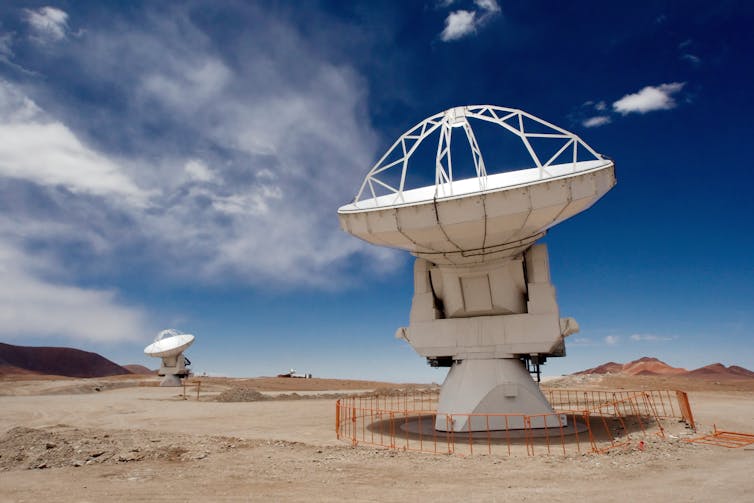China successfully launches Tianzhou-6 cargo spacecraft
A Long March-7 Y7 rocket, carrying the Tianzhou-6 cargo spacecraft, blasted off at 9:22 p.m. (Beijing Time) on May 10 from the Wenchang Spacecraft Launch Site in south China's Hainan province

Estimated reading time: 4 minutes
By Liu Shiyao, Yu Sinan, People's Daily
After around 10 minutes, the spacecraft separated from the rocket and entered its designated orbit. This marked a complete success of the first launch mission after China's crewed space station program entered the stage of application and development.
Tianzhou-6 is the first spacecraft to visit China's space station supporting its new operation phase. It is also the first of a modified batch of the Tianzhou cargo ships - from Tianzhou-6 to Tianzhou-11.
The cargo spacecraft is tasked with ferrying supplies for the space station, providing in-orbit support, and sending multiple payloads for space scientific experiments.
Greater loading volume and larger carrying capacity is the most important feature of Tianzhou-6. With a loading capacity of more than 7 tons, Tianzhou-6 has emerged as the world's largest cargo spacecraft in service and also the most versatile of its kind in terms of supporting capability in orbit.
In the recent mission, Tianzhou-6 transported supplies including daily supplies for six astronauts of the Shenzhou-16 and Shenzhou-17 spaceships to be launched, propellants, and experiment-related items.
A Tianzhou cargo craft has two parts - a cargo cabin for transporting supplies and a propulsion section. The propulsion section ensures power, energy and communication and replenishes propellants for China's space station.
The improved carrying capacity of Tianzhou-6 provides more goods for astronauts to sustain a longer stay in space. This reduces the launch frequency of cargo spacecraft from twice a year to three times every two years, which will substantially reduce transportation costs.
After the upgrade, the cargo capacity of the airtight cabin increased by 24 percent from 5.5 tons to 6.7 tons, and that of the whole spacecraft rose from 6.9 tons to 7.4 tons, said Dong Shengran, chief designer of the cargo spacecraft system at the China Academy of Space Technology (CAST). Dong added that the spacecraft's payload ratio went up from 0.51 to 0.53.
Another highlight of this launch mission is that the proportion of the number of domestic components in Tianzhou-6 and its successors has increased significantly, and 100 percent localization of key components has been realized.
The research team has promoted the optimization of the spacecraft's configuration to improve its reliability while reducing its costs. The spacecraft meets the requirements for remote control from the ground station and transmission of images and data to the ground.
Since China began the construction of its space station with the launch of the Tianhe core module in 2021, four cargo spacecraft, from Tianzhou-2 to Tianzhou-5, had been launched until the completion of the space station in 2022.
They delivered supplies between the space station and ground station, and verified key technologies for the space station during their in-orbit operations, such as the first transposition test of the Tianzhou-2 cargo craft using a robotic arm, the first in-orbit refueling, and a fast automated rendezvous and docking in about two hours for the first time.
Tianzhou-6 delivered 98 experiment-related items with a total weight of some 714 kilograms, including research samples and supporting equipment, to China's space station, according to Lyu Congmin, deputy chief designer of the China Manned Space Program's space application system and research fellow with the Technology and Engineering Center for Space Utilization under the Chinese Academy of Sciences.
Astronauts would transfer these supplies into the space station modules after the docking of the cargo craft with the space station, Lyu said.
As scheduled, these supplies will be used to carry out 29 scientific experiments and application tests in four fields: space life science and biotechnology, fluid physics and combustion science in microgravity, material science in space, and new technology tests for space applications, according to Lyu.
What's Your Reaction?











 annis
annis 












